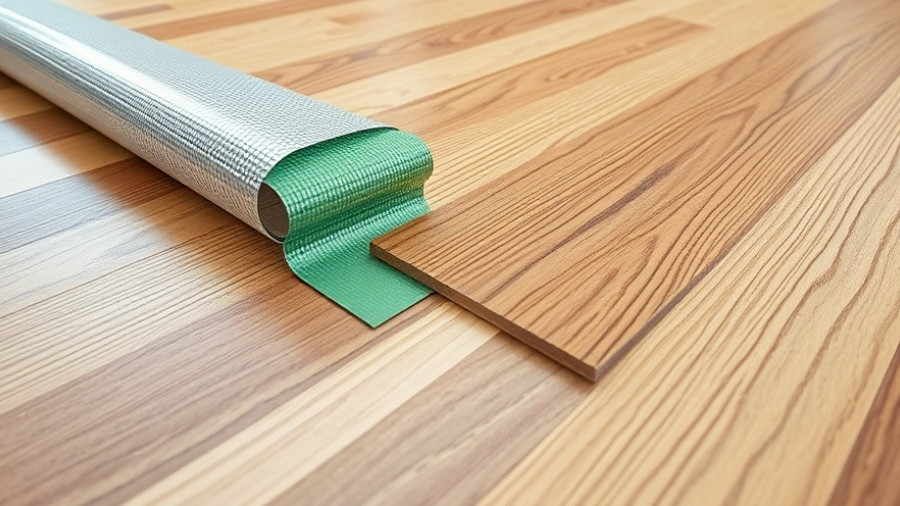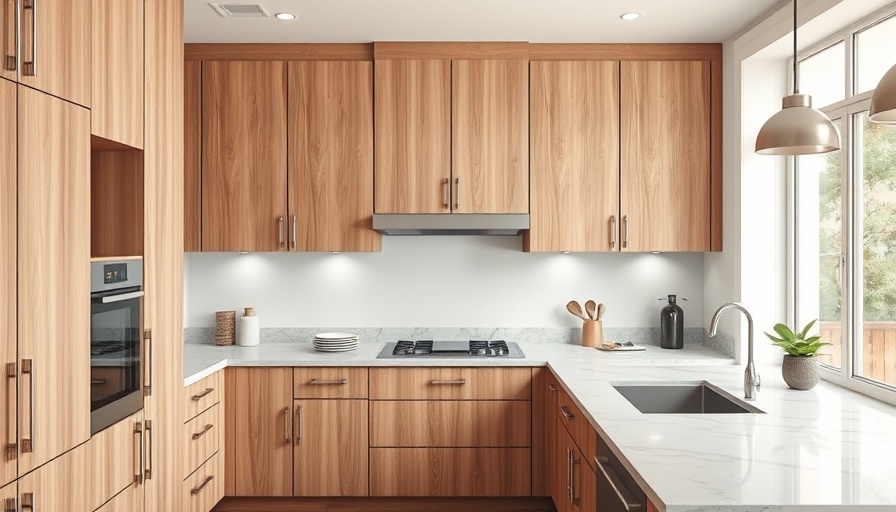
Understanding Composite Decking: A Quick Overview
When it comes to enhancing your outdoor living spaces, composite decking has gained massive popularity among homeowners. With the choice between Fiberon and Trex decking, it's crucial to understand the key features and differences between these brands. Both are renowned for their durability and eco-friendly materials, which makes them attractive options for sustainability-minded homeowners.
A Closer Look at Fiberon Decking
Fiberon has established itself since 1997, offering a comprehensive range of composite products. Made from recycled wood and plastic, this brand prides itself on sustainable practices and innovative designs. Fiberon decking is particularly popular for its livestock-tolerant surfaces that resist staining and fading, making it an excellent choice for high-traffic areas. The premium boards are designed to fit seamlessly into various aesthetics, giving homeowners flexibility in their outdoor designs.
The Pros and Cons of Fiberon
Advantages:
- Wide variety of designs and color options
- Durable and long-lasting, with many products offering over 50 years warranty
- Low maintenance, requiring minimal cleaning
Disadvantages:
- Warranties are only valid for selected products
- Top surfaces can fade over time
- Higher cost for premium boards
Exploring Trex Decking
Touted as the original composite decking creator, Trex has been in the industry for 40 years and revolutionized how outdoor decking is perceived. They combine plastics and wood fibers through a proprietary process that results in climate-resistant boards. Trex offers a variety of colors and textures, though they present fewer options compared to Fiberon. The major selling point of Trex is its maintenance-free products, allowing homeowners to enjoy their outdoor spaces without continual upkeep.
Trex's Pros and Cons
Advantages:
- Minimal upkeep required, making it incredibly user-friendly
- Durable against harsh weather and resilient under pressure
- More affordable compared to Fiberon products
Disadvantages:
- The warranty is limited to 25 years, which is less than some competitors
- 10 years warranty on commercial applications
Comparison: Which One is Right for You?
Both Fiberon and Trex offer excellent composite decking options, yet the best choice depends on your specific needs. For those who prioritize stunning aesthetics and an extensive range of options, Fiberon may be the preferred choice. However, if you're looking for quick installation, low maintenance, and cost efficiency, Trex stands out as a pragmatic option.
Future Insights: Trends in Composite Decking
As we move forward, the demand for sustainable materials continues to rise. Homeowners are becoming more aware of their environmental impact, leading brands like Fiberon and Trex to innovate further. Expect to see more eco-friendly products that not only enhance outdoor beauty but also comply with sustainability standards.
Final Thoughts: Enhancing Your Outdoor Space
Choosing between Fiberon and Trex decking doesn’t have to be a daunting task. Consider factors such as warranty, aesthetics, cost, and maintenance needs to find the ideal decking for your home. With either choice, you’ll be making a valuable investment in your outdoor living area that reflects your style while supporting eco-friendly initiatives.
If you're ready to transform your backyard into an inviting sanctuary, don't hesitate to explore the options available for both Fiberon and Trex decking. Engaging in home improvement projects can lead to fulfilling outcomes and even add value to your property. Make that leap today!
 Add Row
Add Row  Add
Add 




Write A Comment